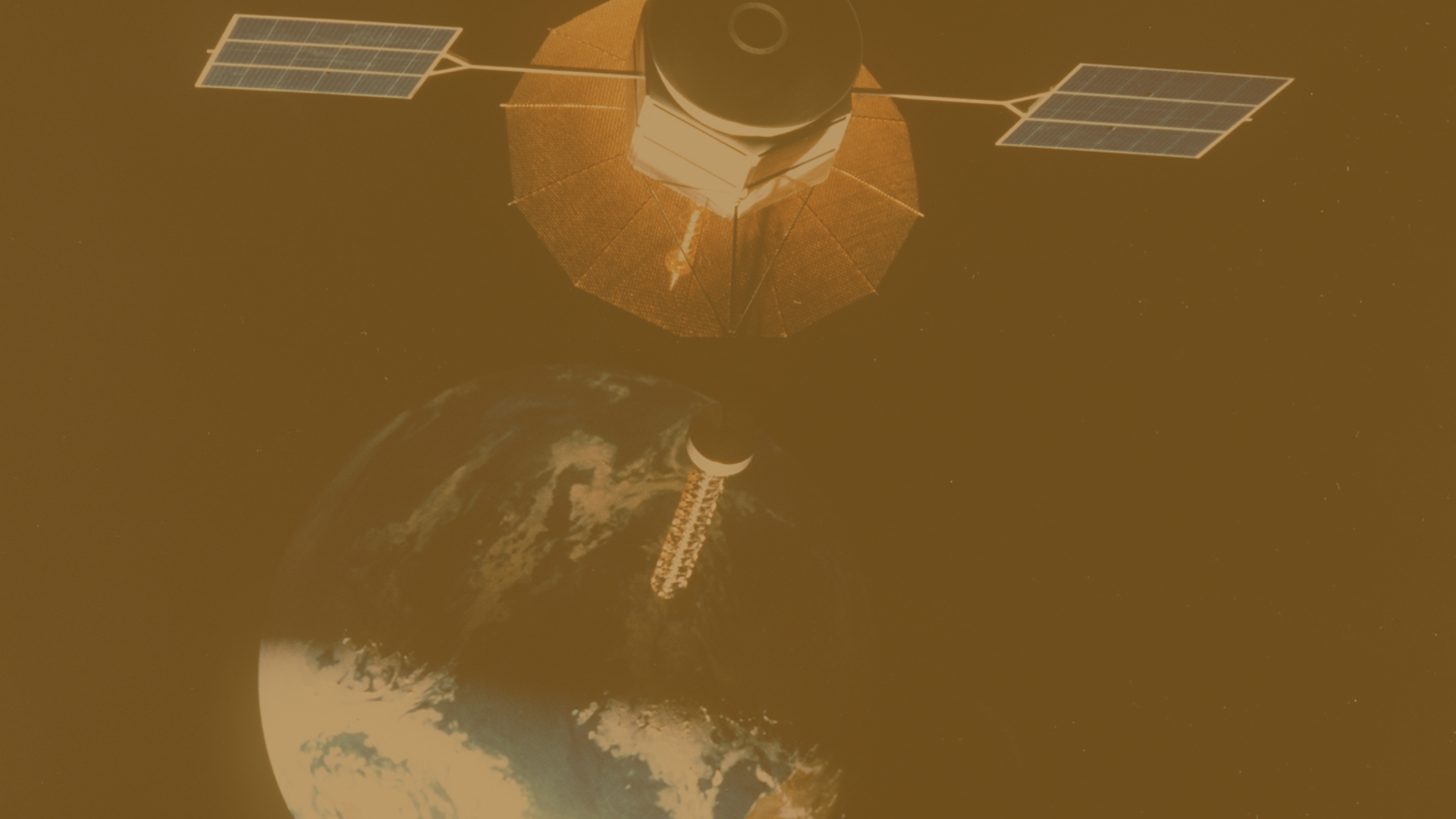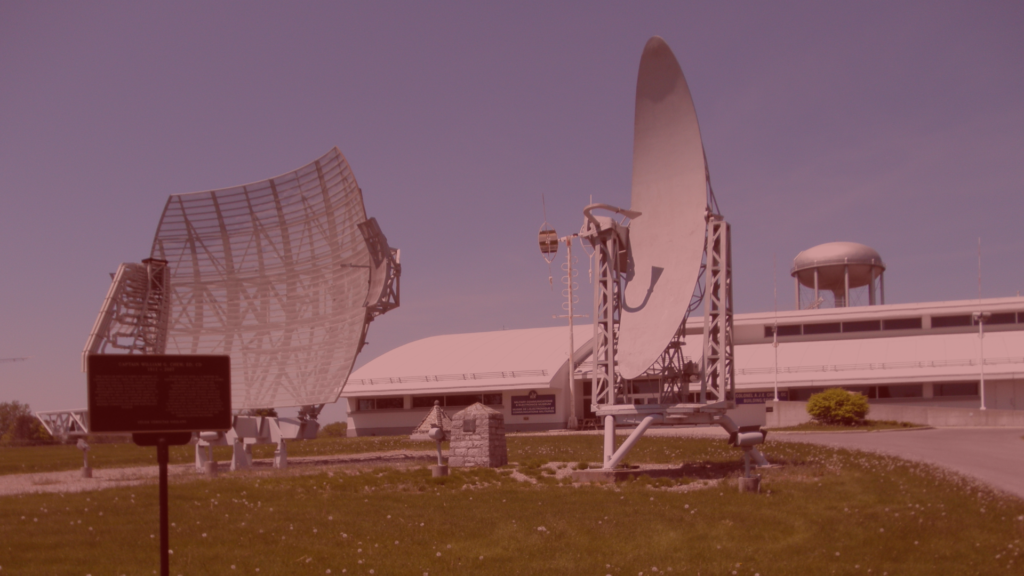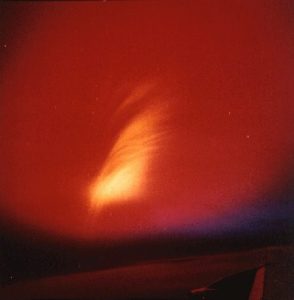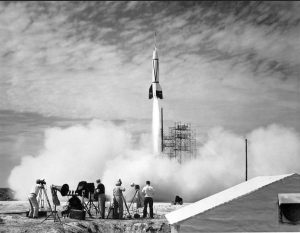How Military Satellites are Proving Critical in the War Against Russia
3rd May 2022
It’s not a secret that military satellite technologies have observed a significant push during the Cold War – satellites serving the purposes of intelligence services prompted the need at that time.
Throughout that period, the U.S. and Soviet Union launched military satellites for spying every two weeks due to their short service. As of December 2018, approximately 320 satellites with such a purpose were orbiting the Earth. The number might have grown recently, but it is difficult to say how many military satellites are in orbit right now since countries prefer to keep such information secret.
Other than by the military, satellites orbiting Earth are used for weather monitoring, telecommunication services, navigation, and agricultural mapping. But today, satellite images created for different purposes help Ukraine in the war started by Russia.
Military satellite communication systems for effective intelligence
Months before the Russian invasion, satellite imagery providers for military and civil goals, such as Capella Space, informed about Russian troops near Ukrainian borders. The early signs of the invasion were also noticed in the military satellite images. Overall, since the conflict began, around 50 commercial and military satellites have tracked the movements of the Russian army and the situation in war zones.
What is the resolution of military satellites
Except for military spy satellites, private companies, Maxar and Planet among them, provide photographs of the war zone. These images can have extremely high resolution, catching small details as little as 30cm by 30cm at ground level. Such accuracy allows them to identify cars and road markers. Compared to the first military satellite created by Americans, which could resolve objects from 7.5 to 12 metres, the technology has gone through significant changes and advancements.
What military satellites can see
Satellites may also be programmed to monitor certain places numerous times every 24 hours, instantly detecting even minor changes. EOS Data Analytics founder Max Polyakov, Ukrainian by origin, asked satellite firms and agencies to share “recent and real-time high-to-medium resolution optical and radar satellite images”. They planned to analyse the available SAR imagery and use it in support of wartime operations in the region. Firms on the market that can provide the necessary imagery include Capella, Iceye, Airbus, and MAXAR.
Satellite communication systems for military goals
Military satellite communication systems are vital when it’s a war conflict in any region. Except for the intelligence data derived from satellites, it is also essential to secure communication during the war. The U.S. official reported that the president of Ukraine, Volodymyr Zelensky, uses a secured satellite phone connection provided by the U.S., which allows him to stay in touch even if the ground communication systems are destroyed.
From the very first days after the war started, the Minister of Digital Transformation of Ukraine, Mykhailo Fedorov, called on Elon Musk to provide Starlink access to Ukrainians. In a few hours, Musk responded that satellite internet access in Ukraine was activated, and more terminals were on their way to the country. This was a pivotal moment as the internet connection, especially the one provided by satellites, is highly needed in war zones where other communication tools are inaccessible. With the use of satellite technology, high-level officials, commanders, hospitals, and other critical institutions can keep access to the necessary data.

Besides the military, civilians do also use the Starlink technology in regions attacked by the Russian military. Musk’s internet terminals are also helpful for the local tech companies subject to mandatory relocation to other regions because of the war with the goal to continue operating. Currently, Ukrainians can use around 5,000 terminals.
Still, there’s a threat that Russians will determine the locations of these terminals to attack them. “Important warning: Starlink is the only non-Russian communications system still working in some parts of Ukraine, so the probability of being targeted is high,” Elon Musk warned on Twitter.
Satellites technology on the battlefield
Satellite technologies can also effectively be used for combat operations. Some of the modern Turkish combat drones made by the Bayraktar company can be remotely controlled using military satellite communication systems. With the help of such technology, an army can use dozens of combat drones simultaneously without the risk for the operators. Ukraine has proven TB2 drones to work effectively in the war, though it is doubtful that the drones are already using advanced satellite technology.
The threat of Russian satellite terrorism
Another growing threat from Russia is satellite terrorism. We are already used to the news about Russian hackers that attack governmental and private institutions. Last year, hackers took down the largest fuel pipeline in the U.S., leading to shortages across the East Coast. Another alarming sign came in November 2021, when Russia tested its anti-satellite weapon, which caused a dangerous situation for the crew aboard the International Space Station. Such demonstrations intensify the so-called new space race and are even considered a new Cold War between Russia and the U.S.
Who knows when Russia will begin the satellite terrorism mission, destroying or damaging “enemy” military spy satellites or satellite communication systems. The data from American intelligence analysts suggest that Russian hackers have cyberattacked a satellite broadband service; this had led to the disruption of Ukrainian military communications when the war started.
Conclusions about military satellites for the U.K.
Following the intensified conflicts in Europe and aggressive Russian politics, the need for effective satellite constellations during the war is becoming critical. The war in Ukraine appears to be a wake-up call for many countries which still rely on post-Soviet Russian launch capabilities. Today, any cooperation with Roscosmos is toxic and dangerous for the national defence system. The solution is lying on the surface – the U.K., just like any other European country, must focus on its own space technologies and intensify safety measures.
The U.K. has already made the first steps by announcing the National Space Strategy and allocating £1.4 billion for the military space programme. The funding plan is a part of a new military space strategy released on 1st February. Under the programme, the U.K. will focus on launching military satellites, including the creation of a global satellites constellation in LEO.
The war in Ukraine showed that satellite technologies serve as spy tools in peacetime and can also be used on the battlefield in the heart of Europe in 2022. The terrifying and unjustified Russian aggression is a loud signal for all the western countries. The need for high-resolution military satellites and commercial satellite constellations has become vital for national safety. In the era of innovative space technologies, satellites in orbit are not just a demonstration of the country’s capabilities but a powerful weapon that can help us and other friendly countries to defeat the aggressor.






Thank you for your comment! It will be visible on the site after moderation.